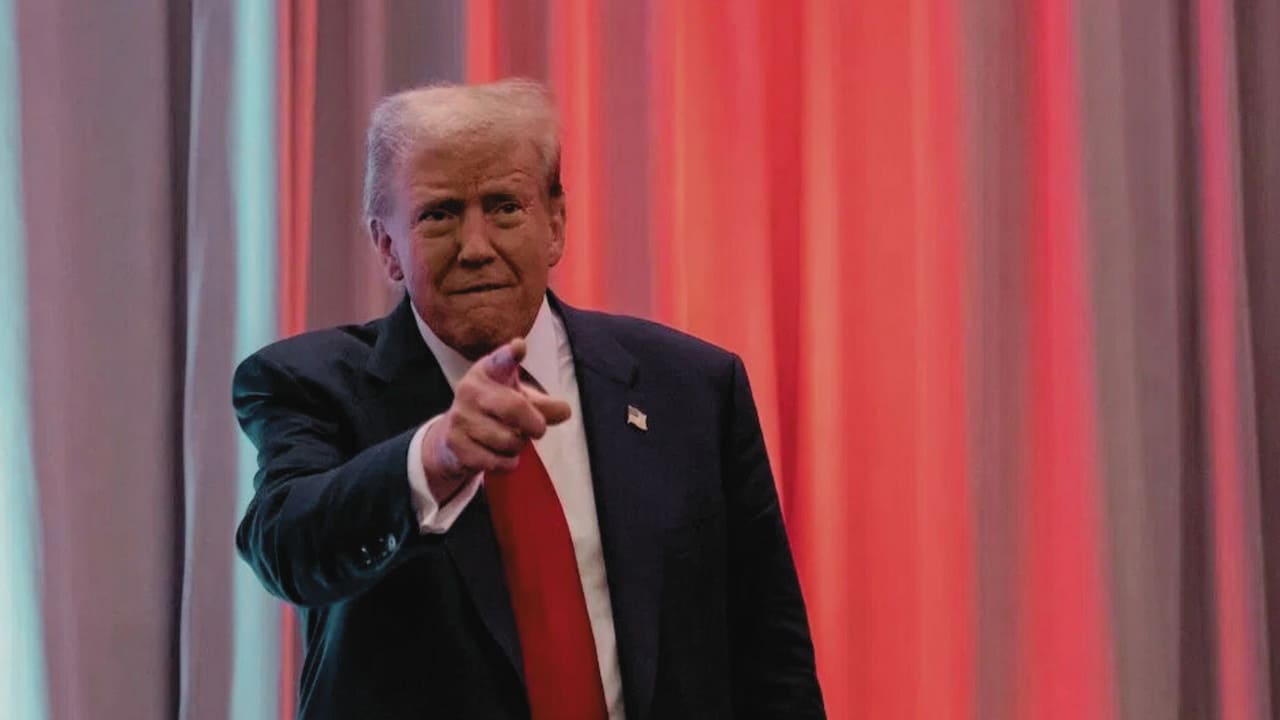Trump’s Trade Gambit: How New Tariffs Could Reshape America’s Economic Landscape
In a sweeping economic policy shift that’s capturing headlines across the nation, President-elect Donald Trump has unveiled an ambitious tariff plan that promises to fundamentally reshape America’s trade relationships and domestic economy.
The Bold New Vision
Trump’s proposed tariff structure includes:
- The tariff on Chinese imports ranges from 60% to 100%.
- All other foreign goods are subject to a universal tariff ranging from 10% to 20%.
- Implementation of the Trump Reciprocal Trade Act
Impact on American Households
The Peterson Institute for International Economics projects these measures would have significant consequences for American consumers. The average U.S. household could face additional costs of approximately $2,600 annually. The following chart illustrates the impact on different sectors:
Electronics Market Shake-up
The Consumer Technology Association’s analysis reveals stark predictions.
- Laptop and tablet prices could surge by up to 46%.
- Smartphone costs might jump by 26%.
- Gaming consoles and other electronics face similar increases.
Clothing Industry Transformation
The National Retail Federation’s research reveals significant price increases.
- A $50 women’s cotton sweater could rise to $60.
- Men’s jeans, which are priced at $80, could potentially reach up to $96.
- Overall apparel costs could increase by up to 20%.
Manufacturing Renaissance or Economic Challenge?
The debate among industry experts reveals a complex picture:
Supporters’ Perspective
Drew Greenblatt, president of Marlin Steel, champions the plan: “It’s going to be great for all the American factories throughout the United States.” Supporters argue these measures will:
- Create new manufacturing jobs
- Level the playing field with foreign competitors.
- Encourage domestic production
Critics’ Concerns
Economic experts raise several red flags:
- Potential inflation spikes
- Higher interest rates
- Reduced consumer spending power
- Supply chain disruptions
The Numbers Behind the Policy
The economic implications are substantial:
- The projected impact on the deficit could potentially reduce it by approximately $200 billion.
- Trade revenue: Previous tariffs generated $79 billion in 2019.
- The National Retail Federation estimates a $46-78 billion reduction in consumer spending power.
Industry-Specific Impacts
Toy Industry
With 90% of toys sold in the U.S. being imported, the sector is facing significant changes:
- Higher prices for dolls and games
- Pressure on domestic toy manufacturers
- Potential supply chain restructuring
Manufacturing Sector
American manufacturers express mixed reactions:
- Some anticipate expanded operations.
- Others worry about increased raw material costs.
- Supply chain reorganization becomes crucial.
Looking Ahead
The implementation of these tariffs would mark a significant shift in U.S. trade policy. While supporters see it as a path to American manufacturing revival, critics warn of economic disruptions. The true impact will likely emerge gradually, affecting different sectors and regions in varying ways.
As the nation prepares for these potential changes, businesses and consumers alike must adapt to a new economic landscape where the rules of international trade could be fundamentally different from what we’ve known for decades.
